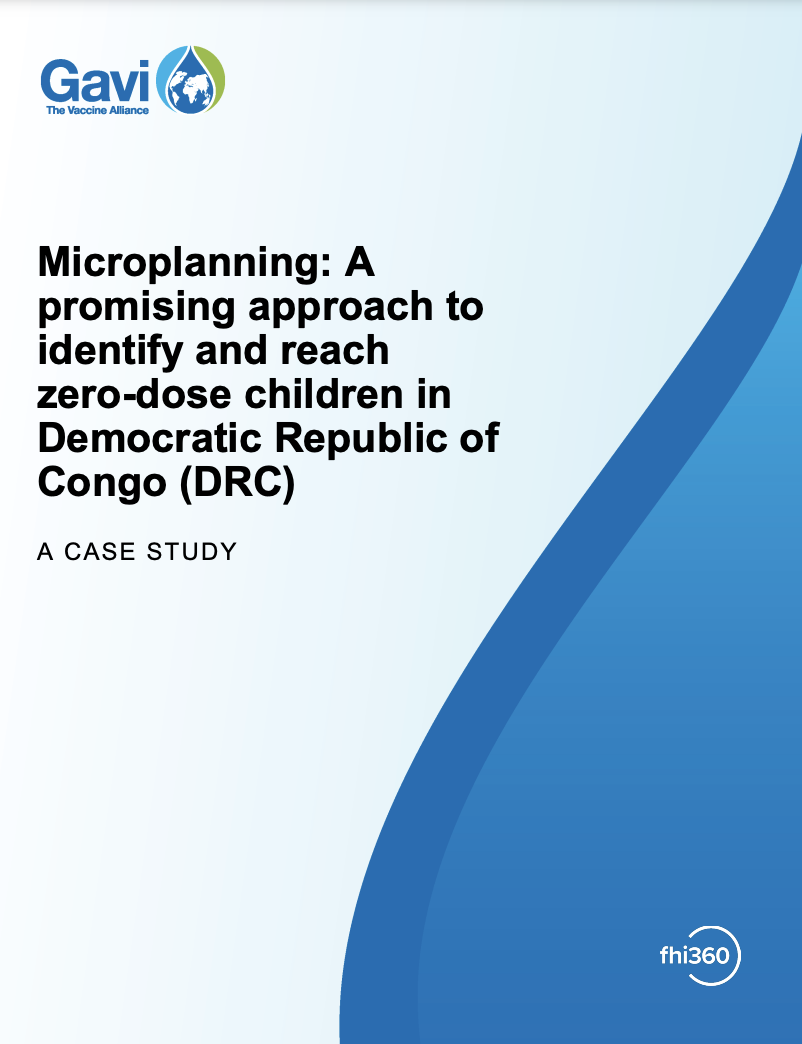WHITE PAPER
Mapping and Classifying Settlement Locations
Discusses GRID3’s work on collecting and analysing settlements data. GRID3’s settlements work has two areas of focus: creating a comprehensive settlement layer that enables a real-world picture of communities, and using building footprints, geospatial data layers, and machine learning algorithms to classify structures and local areas within settlements. The paper also discusses the applications of GRID3’s methods in Nigeria, the Democratic Republic of the Congo, and Zambia.
| Authors | Center for International Earth Science Information Network; Flowminder Foundation; United Nations Population Fund; WorldPop, University of Southampton |
|---|



